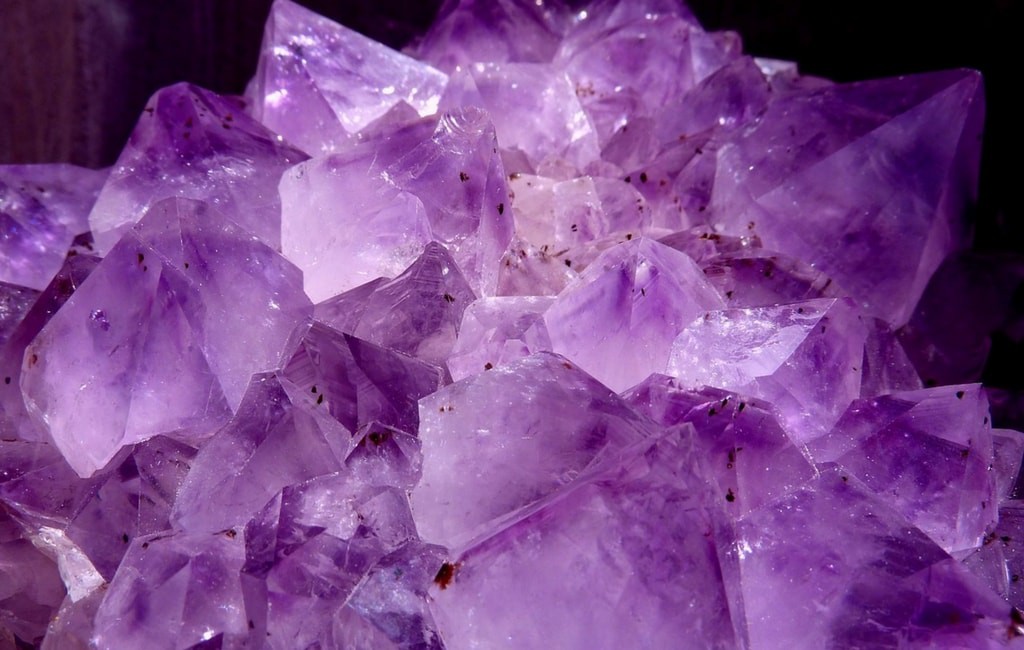
One of the most common questions about gemstones is, “How do Brazil gems forms?” It is easy to think that they are made from a mineral, but there is more to their creation than that. It is important to remember that many gems are derived from organic materials, including the minerals agate, amethyst, and opal. The formation of these stones is also an exciting topic for studying botany and zoology. Interestingly, the process of agate and amethyst construction involves heat and pressure. This way, these gems can take on different shapes and sizes.
Amethyst
Amethyst is a mineral belonging to the quartz family. This mineral is characterized by its brilliant purple color and extreme hardness. Although it is available in many parts of the world, the most common sources of amethyst come from Brazil.
Brazil’s Rio Grande do Sul region is one of the essential sources of amethyst. Here, amethyst is found in geodes containing crystal gemstones. These gemstones are often quite large. They can take millions of years to form.
Amethyst is also known to improve mental powers, and it is considered a detoxifying stone. It can help alcoholics recover from their addiction. Those with negative energy in their auras can wear Brazilian amethyst to help clear their minds.
Chrysoberyl
Chrysoberyl is a natural mineral and a constituent of alluvial deposits in areas of pegmatites. It is also extracted from alluvial-fluvial placer deposits.
The best chrysoberyl gemstones have saturated yellow or green hues. They are usually very durable and rugged. Transparent chrysoberyl is very rare.
Chrysoberyl is a crystalline mineral. It is a member of the beryl family. This mineral is found in a variety of rocks and in several locations throughout the world. In many cases, the mineral forms in mica schists or granite. Other types of metamorphic rock may contain chrysoberyl.
Aventurine
Aventurine is a type of granular quartz. It is known to have a translucent or opaque appearance.
Aventurine is found all over the world. Brazil, India, Russia, and Tanzania are some of the leading commercial producers.
Aventurine is a gemstone, and it is easily cut. It is also a durable stone and is famous for its shimmering glitter. Occasionally, aventurine is used to make vases and small sculptures.
When cut, aventurine has a glittering iridescent effect, ranging from silvery to metallic. These sparkles are caused by the light striking the mica inclusions.
Ametrine
Ametrine is a type of quartz found in Brazil. It is a unique color caused by iron in different oxidation states. Gem carvers favor this variety of amethyst and citrine.
Ametrine was first discovered in the Brazilian state of Mato Grosso do Sul. Later, it was discovered that it is also found in Bolivia. In the early 1970s, ametrine was produced by irradiation and sold under the trade name Bolivianite. The mines for ametrine are now closed. However, the gemstone is still found in Brazil and Bolivia.
Agate
Agate forms in Brazil in a variety of shapes and colors. Although the word “agate” is commonly used for banded flint, it is actually a quartz crystal formed from microcrystalline silicon dioxide.
Agate is an amorphous stone that is not metamorphic, meaning that it is not a sedimentary rock. Variations influence colors in the mineral content and temperature of the rock. Typically, it is found in shades of green or white. It can be either enhydro or cryptocrystalline, depending on its type.
Opalite
Opalite is a variety of opal. It is found in several countries, including Australia, Brazil, Tanzania, and Mexico.
Opalite is a stone that has a lot of healing properties. In particular, it helps to ease emotional stress and trauma. It also assists people through changes in their lives. This includes changing jobs, having a baby, and other significant relationships.
Opalite helps to smooth out and balance both nighttime and daytime energies. It is a calm and energizing stone that is easy to work with.
Paraiba Tourmalines
The Paraiba tourmaline is a beautiful and rare gemstone, often known for its bright blue hues. This is a unique gemstone and one of the most expensive stones in the world.
It is found only in Brazil and Mozambique. However, there are now discoveries in Nigeria and other parts of eastern Africa.
There are two types of Paraiba tourmalines. One is created by the heat treatment of darker-colored stones, while the fusion of different colors produces the other.